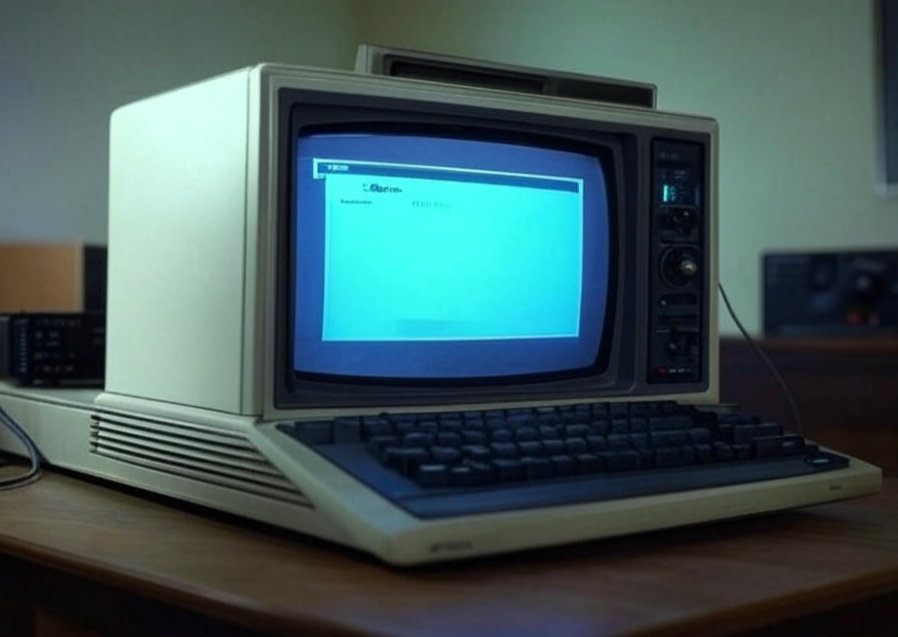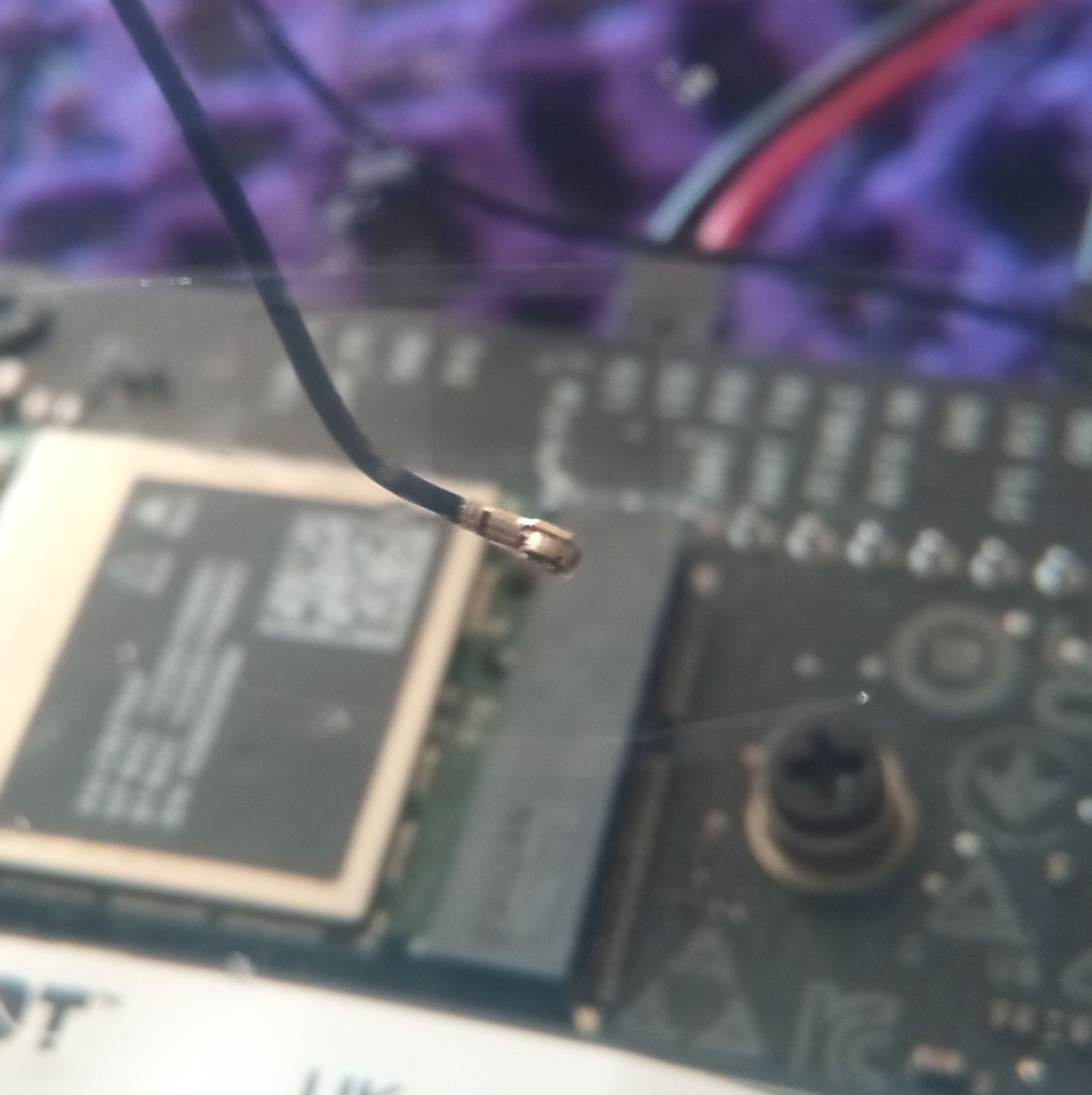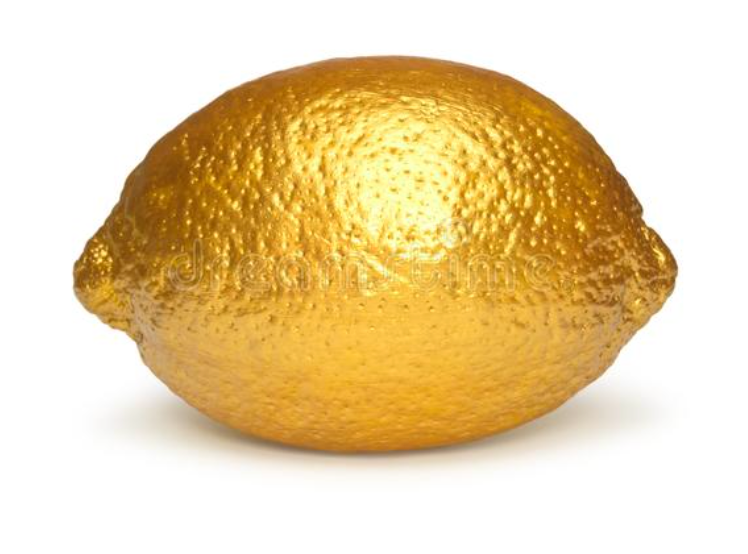In the annals of scientific inquiry, few mysteries have proven as stubbornly elusive as the physics of cables. From the dusty drawer of tangled earbuds to the labyrinthine mess behind your TV, cables defy logic, order, and all known laws of physics. The question remains, whispered in hushed tones by frustrated techies and physicists alike: Has anyone figured out the first law of cable dynamics? Spoiler alert: No. And we’re not even close.
Let’s start with the basics—or rather, the tangles. Enter the Cable Entanglement Theory, a hypothesis so intuitive it hurts. Picture this: You neatly coil your HDMI cable, tuck it into a drawer, and shut it tight. You return days later to find it inexplicably knotted with a USB-C cord, a rogue headphone wire, and—somehow—a stray Christmas light strand from 1997. Scientists propose that this phenomenon is governed by Cable Entropy*, a measure of disorder that increases exponentially when cables are left unobserved. The twist? These cables don’t just tangle—they store energy. Like a coiled spring waiting to strike, a twisted cable hoards potential energy in its loops. Layer it atop other cables, and the chaos compounds. In the dark, when no one’s watching, these cables unspring—snapping into action with a vigor that defies their inanimate nature.
Which brings us to the existential quandary: When a cable springs in the night and no one is there to observe it, did it spring? Philosophers argue it’s a moot point, but physicists insist we need a Schrödinger-esque thought experiment to settle it. Perhaps the cable both springs and doesn’t spring—until you open the drawer and curse its existence.
Speaking of Schrödinger, let’s meet the mastermind behind this madness: Dr. Hans Stroginger, a reclusive cable theorist with a penchant for chaos. Stroginger’s magnum opus, the Cable Uncertainty Principle, posits that an unconnected cable exists in a superposition of states—simultaneously functional and non-functional—until it’s plugged in. Only then does its true nature collapse into one reality: either it charges your phone, or it sits there mocking you with its frayed end. Stroginger’s late-night musings, scribbled on a napkin stained with coffee and despair, suggest that the act of connection is what defines a cable’s purpose. Until then, it’s a quantum tease.
But not all cables are created equal, and some are downright relics of a bygone era. Take the obscure China cables—those USB-to-serial-port monstrosities that seem designed to confuse rather than connect. What purpose did they serve? Were they meant to link a 2025 laptop to a 1980s telex machine? And don’t get me started on the bi-directional parallel port Laplink cables, the forgotten heroes of pre-USB file transfers. These chunky, pin-laden beasts once shuttled data between PCs with all the grace of a drunk rhinoceros. Today, they languish in thrift store bins, their purpose as obsolete as a floppy disk in a cloud-driven world.
So where does this leave us? Cable dynamics remains a field shrouded in mystery, a topological nightmare of twists, turns, and tantrums. We’ve got entanglement, entropy, uncertainty, and a cast of outdated connectors that sound like the setup for a bad sci-fi movie. Yet the first law of cable dynamics eludes us still. Perhaps it’s buried under Stroginger’s desk, tangled in a mess of his own making.
In the end, we’re left with one undeniable truth: In this knotty mess of physics and math, the only thing certain is that cables will always find a way to tie up loose ends—and leave us in a twist.
![]()





